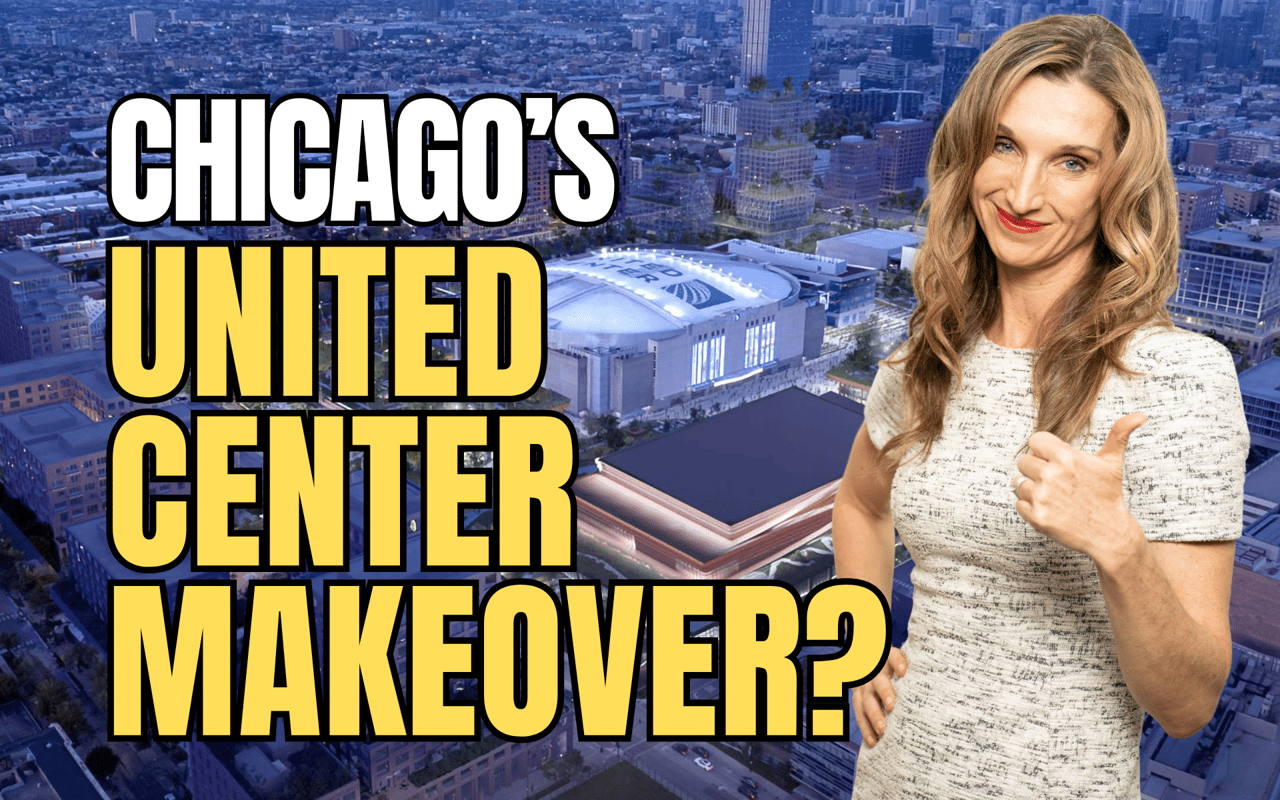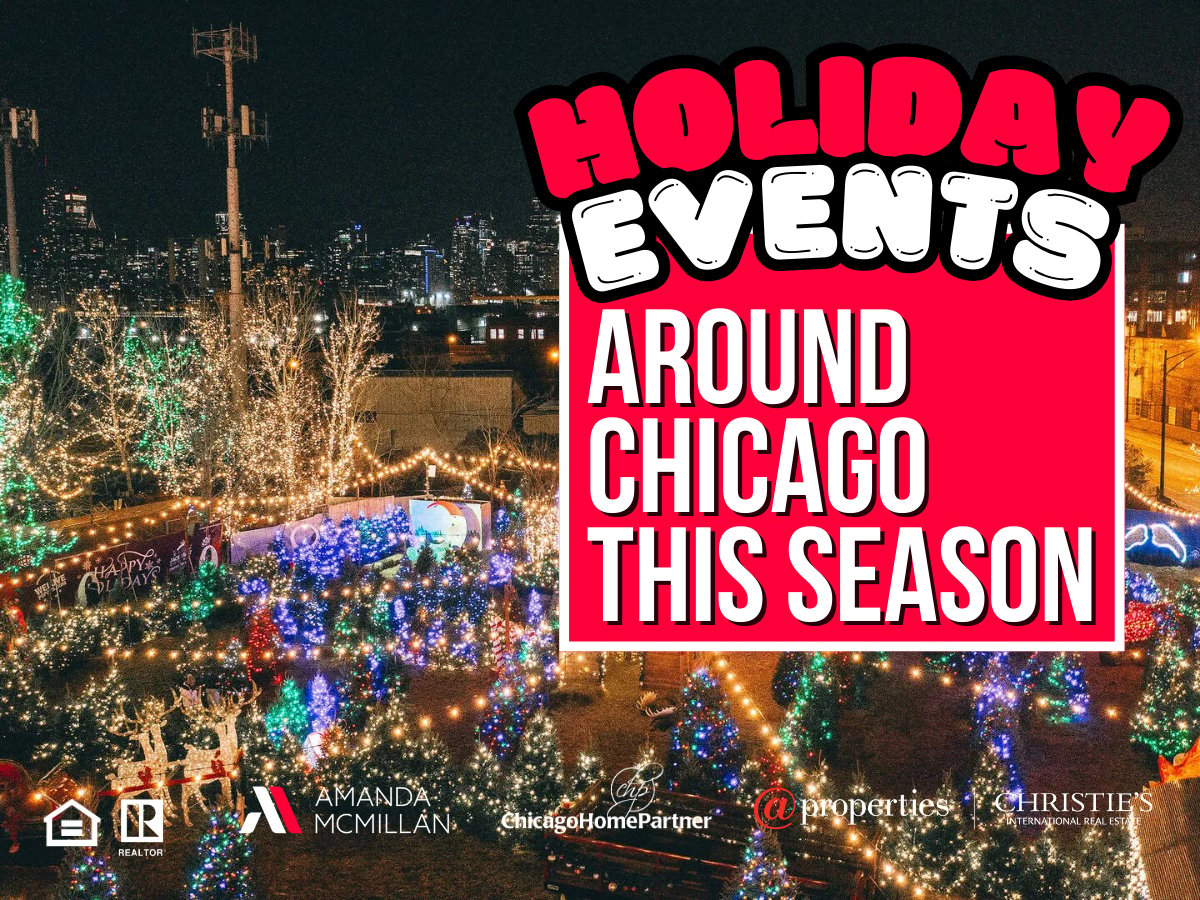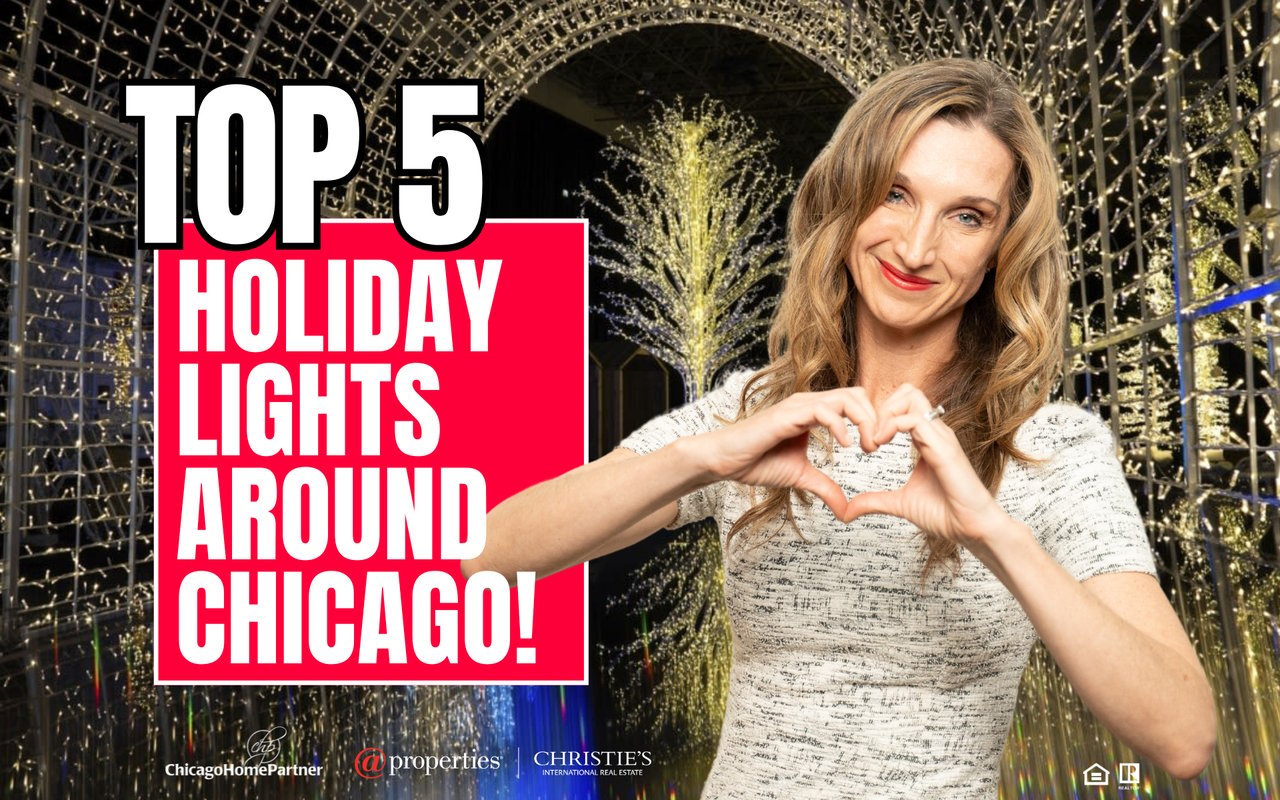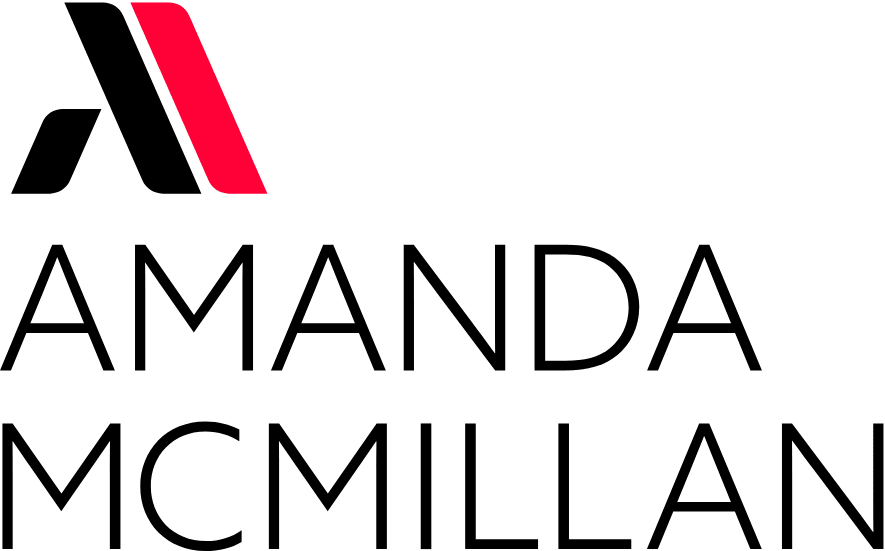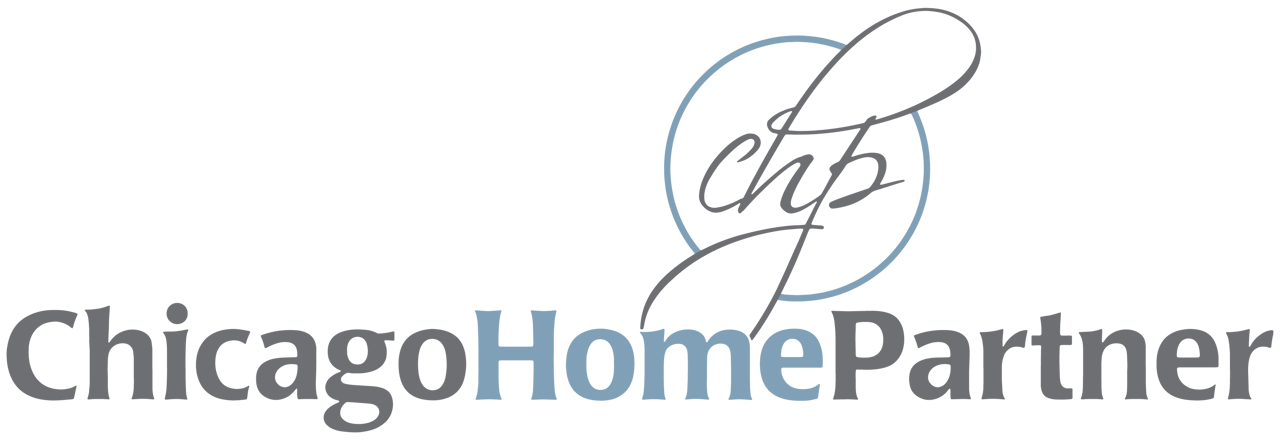The 1901 Project: A $7 Billion Game Changer for Chicago
A $7 billion project in the heart of Chicago has the potential to transform not just the skyline but the city’s social and economic landscape. The 1901 Project is more than another development—it’s a bold reimagining of urban innovation.
But with so many large-scale projects in Chicago struggling with financing and delays, what makes this one different? And, more importantly, will it actually happen?
Stay with me as we break down the vision, the impact, and the challenges ahead for the 1901 Project—including why groundbreaking could happen as soon as this spring.
Introduction
Chicago has seen its fair share of ambitious real estate developments, but few have the power to reshape an entire neighborhood like the 1901 Project. Now fully approved by the City, this privately funded, $7 billion initiative will transform 55 acres of surface parking lots around the United Center into a thriving, mixed-use district.
I’m [Your Name], a Chicago real estate professional with a deep understanding of the city’s evolving landscape. In this discussion, we’ll explore:
✔ What the 1901 Project actually entails
✔ How it compares to other mega-developments in Chicago
✔ Its economic and community impact
✔ Where it stands in the approval process and its likelihood of moving forward
Beyond the renderings and financials, what does this mean for Chicago residents—especially those on the West Side? Let’s take a closer look.
Project Overview & Key Features
The 1901 Project is about more than real estate—it’s about urban transformation. For decades, the area around the United Center has been defined by empty lots and event-driven traffic. This project aims to change that by creating a vibrant, year-round destination.
Key Features:
✅ 9,500 new residential units—1,893 designated as affordable housing, addressing Chicago’s housing accessibility challenges.
✅ 1,300+ hotel rooms, including a flagship hospitality project.
✅ 6,000-seat music venue, filling a gap in Chicago’s entertainment scene.
✅ 110,000 square feet of retail, ensuring year-round activity beyond game nights.
✅ 25+ acres of public parks, including 10 acres of elevated green space, inspired by New York’s High Line.
One of the most defining features is the elevated park system. Like Millennium Park, this multi-layered public space will integrate green areas with Chicago’s built environment, featuring sports courts, event spaces, and quiet retreats—all designed for accessibility.
For a North Side comparison, think Gallagher Way, the open-air plaza next to Wrigley Field. Since opening in 2017, it has transformed Wrigleyville into a year-round entertainment hub, blending dining, retail, and live events. The 1901 Project aims to bring that same level of activation to the West Side—but on a much larger scale.
Approval, Funding & Timelines
So, where does the project stand?
The 1901 Project has received full city approval, including backing from the Committee on Zoning, the Chicago Plan Commission, and the City Council. With these hurdles cleared, groundbreaking is expected as early as this spring.
Phase One (2025-2028)
The first phase, expected to take two years, will include:
✔ A 6,000-seat music hall
✔ A hotel
✔ A public plaza for events
The entire development will unfold over 10-12 years, with completion targeted by the late 2030s.
How It Differs from Other Mega-Developments
Unlike projects like Lincoln Yards ($900M in public subsidies) and The 78 ($551M in subsidies + $1B in new requests), the 1901 Project is 100% privately funded**.
The Reinsdorf and Wirtz families—owners of the Chicago Bulls and Blackhawks—are financing this project without taxpayer money. However, public investment may still be needed for infrastructure improvements, such as a proposed new Pink Line CTA station to handle increased foot traffic.
(Side note: Blackhawks fans, you might be losing your secret free parking spots on Wolcott Avenue!)
Community Impact & Neighborhood Transformation
Beyond the skyline changes, what does this project mean for Chicago?
✅ A Catalyst for West Side Growth – The project connects the West Side to the booming Fulton Market, bringing long-overdue private investment west of Ashland Avenue.
✅ Jobs & Economic Growth – With 63,000 construction jobs and 13,000 permanent jobs, this is about more than buildings—it’s about employment and revitalization.
✅ Affordable Housing & Inclusion – With nearly 2,000 affordable housing units, the project aims to balance development with accessibility, mitigating gentrification concerns.
✅ A New Model for Urban Development – The 1901 Project prioritizes green space and public engagement, setting a new standard for mixed-use districts in Chicago.
But can it replicate Gallagher Way’s success? Wrigleyville had a thriving bar and restaurant scene before its transformation. The United Center area lacks those pre-existing attractions. The success of the 1901 Project will hinge on whether it can create a true destination—one that Chicagoans visit beyond game nights.
Why This Project Stands Apart
Chicago has seen many mega-developments proposed, but the 1901 Project is unique for three key reasons:
✔ Developed by Chicago families – Unlike investor-driven projects, the Reinsdorf and Wirtz families have spent decades investing in Chicago sports, culture, and philanthropy.
✔ It’s about legacy, not just profit – Beyond financial incentives, this project aims to leave a lasting impact on the West Side while still generating an estimated $4.5 billion in annual economic impact and $100M+ in annual tax revenue.
✔ Green space as a priority, not an afterthought – With 25 acres of public parks (including 10 acres of elevated green space), this project is redefining how Chicago integrates nature into urban development.
If successful, the 1901 Project could set a new precedent for balancing economic growth with public well-being.
Investment Opportunities
For real estate investors, the 1901 Project presents a rare opportunity in Chicago’s Near West Side—a neighborhood poised for rapid transformation.
Current Market Snapshot (2025)
🏡 Median home value: $350,000 (well below nearby West Loop & Fulton Market)
📉 Average rent: $967/month (room for growth as development progresses)
As history has shown with Hudson Yards (NYC) and Toronto’s Canary District, early investors often see significant appreciation as infrastructure, businesses, and amenities develop.
Short-Term & Multi-Unit Rental Potential
Unlike heavily regulated downtown condos, the United Center area is largely made up of single-family homes and small multi-unit buildings—ideal for Airbnb-style investments. With growing demand for accommodations near new entertainment venues, hotels, and retail, this could be a prime opportunity for early investors.
Final Thoughts: Will It Actually Happen?
The 1901 Project isn’t just another high-rise development—it’s a vision for a new Chicago neighborhood. If fully realized, it could:
✔ Revolutionize the West Side with jobs, businesses, and housing
✔ Create one of the largest urban green spaces in Chicago’s history
✔ Establish a self-sustaining district, beyond just sports events
✔ Set a new precedent for privately funded, community-driven development
But will it happen on time and as planned? Or will it face the same delays that have stalled other major Chicago projects?
What do you think? Is this the kind of investment Chicago needs? Drop your thoughts in the comments!
Sources & References
-
Ori, Ryan. "United Center owners reveal new details of planned 1901 Project." Crain’s Chicago Business, March 6, 2024.
https://www.chicagobusiness.com/commercial-real-estate/united-center-owners-detail-1901-project -
Ori, Ryan. "United Center owners snap up nearby lots as Near West Side megaproject takes shape." Crain’s Chicago Business, February 2, 2025.
https://www.chicagobusiness.com/commercial-real-estate/united-center-owners-buy-land-near-1901-project -
City of Chicago Department of Planning and Development. “1901 West Madison Planned Development Application.”
https://www.chicago.gov/city/en/depts/dcd/supp_info/1901_project.html -
Chicago Plan Commission. “1901 Project Presentation Materials.” Meeting Minutes, January 2024.
https://www.chicago.gov/city/en/depts/dcd/supp_info/plan_commission.html -
Bloomberg CityLab. “How Elevated Parks Like the High Line Are Changing Cities.”
https://www.bloomberg.com/news/articles/2022-08-03/high-line-style-elevated-parks-are-spreading -
Wirtz Corporation & Reinsdorf Family Statement. “Statement on the 1901 Project.” Media Release, January 2025.
https://www.1901projectchicago.com/media -
U.S. Census Bureau & Zillow Housing Data. Chicago Metro Housing Trends and Market Overview – Near West Side, January 2025.
https://www.zillow.com/chicago-il/home-values -
CTA & City of Chicago Infrastructure Updates. “Proposed Pink Line Station Near United Center.”
https://www.transitchicago.com/projects -
Neighborhood Comparisons: Gallagher Way / Wrigleyville Development Overview. Gallagher Way Official Site
https://www.gallagherway.com/about
